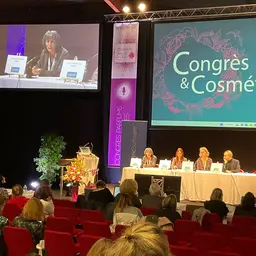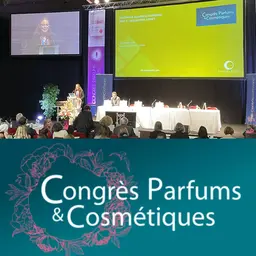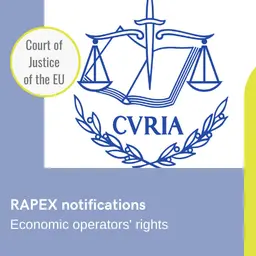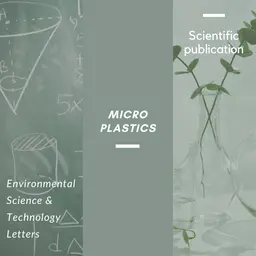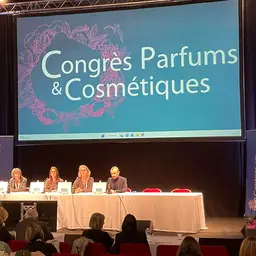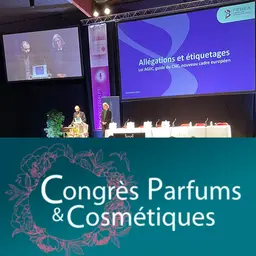
As the cosmetics market surveillance authority, the DGCCRF (French General Directorate for Competition Policy, Consumer Affairs, and Fraud Control) supervises the safety and loyalty of cosmetic products marketed in France. It acts through an annual control plan which involves controlling all the industry’s players throughout the year. It has just published the results of the inspections it carried out in 2016.
In 2016, the investigations were focused on the cosmetic products placed on the national market, whether they were manufactured in the European Union or imported from a third country. Almost 8,000 cosmetics were controlled, in particular the most frequently used, like bath and shower products, as well as skincare products (creams, emulsions, gels). Almost 700 of them were analyzed in a laboratory.
Anomalies were detected for 22% of the inspections (39% of the sites presented at least one).
Most of the companies that had placed hazardous products on the market voluntarily withdrew them, but in seven other cases, a prefectoral order had to be issued to proceed to a withdrawal-recall before destruction. However, the investigations highlighted the fact that documentation, declaration, and labelling obligations are still overlooked by operators, although they represent one of the keys to guarantee both the quality of cosmetics and consumer safety.
Non-compliant labelling or misleading claims for more than 600 cosmetics
Among others, a cosmetic product label is intended to inform the consumer of the product’s nature, composition, function, instructions for use, and preservation conditions, and it should accurately identify the product and person responsible for placing it on the market. Far from mere formal obligations, all this information contributes to the product’s traceability and safety of use.
As a result, according to the DGCCRF, it is particularly worrying that the number of non-conformities regarding this aspect remains high: over 500 product labels controlled were non-compliant. The main anomalies found were the absence of mandatory indications (‘best before’, absence of the word ‘ingredients’…), and the use of the French language. Other more serious anomalies were observed: sometimes there was no list of ingredients or batch number. 8% of the products analyzed, all categories included, did not mention the presence of allergens in the list of ingredients, even though they did contain a few. The DGCCRF requested the companies at stake to make them compliant.
Lastly, false and clearly misleading claims are still too frequent, so they will still be dealt with harshly. The inspections highlighted a strong increase of ‘free from’ claims (‘free from allergens’, ‘free from parabens’, ‘free from perfume’, ‘free from soda’), a few of which can disrupt consumer perception because they are erroneous or disloyal. The same goes for products on which ‘noble’ ingredients are put forward, although they are integrated to the composition at sometimes extremely low levels.
15% of the products taken proved hazardous
The DGCCRF carried out laboratory controls – physico-chemical and microbiological analyses – on almost 700 products to compare their compositions with regulatory provisions and the information on the label.
37% of the products taken proved non-compliant, 15% hazardous. Other than compositions non-compliant with the label (lack of information on the presence of fragrant allergens, use of erroneous or questionable claims like ‘free from parabens’), these inspections showed:
• Chemical filters in a few sunscreen products exceeding regulatory thresholds
• Traces of heavy metals, mainly in beauty masks containing clay
Basic obligations are still too little-known
The annual plan set up by the DGCCRF shows that, despite much communication on new European Regulation 1223/2009, which entered into force almost four years ago, a few operators still do not know about all their obligations and consider some of them as heavy administrative procedures. And yet, these breaches are prejudicial to consumers.
The inspections carried out actually emphasize the fact that some operators, for example agricultural operators as part of a diversification or auto-entrepreneurs (sole traders), take up cosmetic product manufacturing or distribution without assessing their responsibilities in this industry beforehand. And yet, the Cosmetics Regulation clearly details the role and obligations of the various operators, in particular the role of the ‘Responsible Person’, whose address should be mentioned on every cosmetic product, and who is responsible for guaranteeing product safety and compliance. As such, the ‘Responsible Person’ should declare each product on the cosmetic products community portal and be able to send supervisory authorities each product’s PIF (Product Information File) without delay. As a matter of fact, this notion is often ill-understood, in particular by importers and very small businesses.
As an example:
• In 13% of cases, the declaration of the products controlled on the European Cosmetic Products Notification Portal (CPNP) was non-compliant, or the products were simply not declared
• For 6% of the inspections, the products were sold even if no PIF had been set up and, in 17% of cases, the file was incomplete. For example, there were breaches as regards the product description, evidence of the effects claimed, the supporting documentation for the claims, or the description of the manufacturing method. Gaps were also found in the product safety reports.
To make up for this, corrective measures subject to a strict follow-up were ordered, and communication on regulations will be reinforced, in particular for small businesses.
Source
•
2016 cosmetics inspections
, DGCCRF, 06/23/2017.
© CosmeticOBS-L'Observatoire des Cosmétiques



